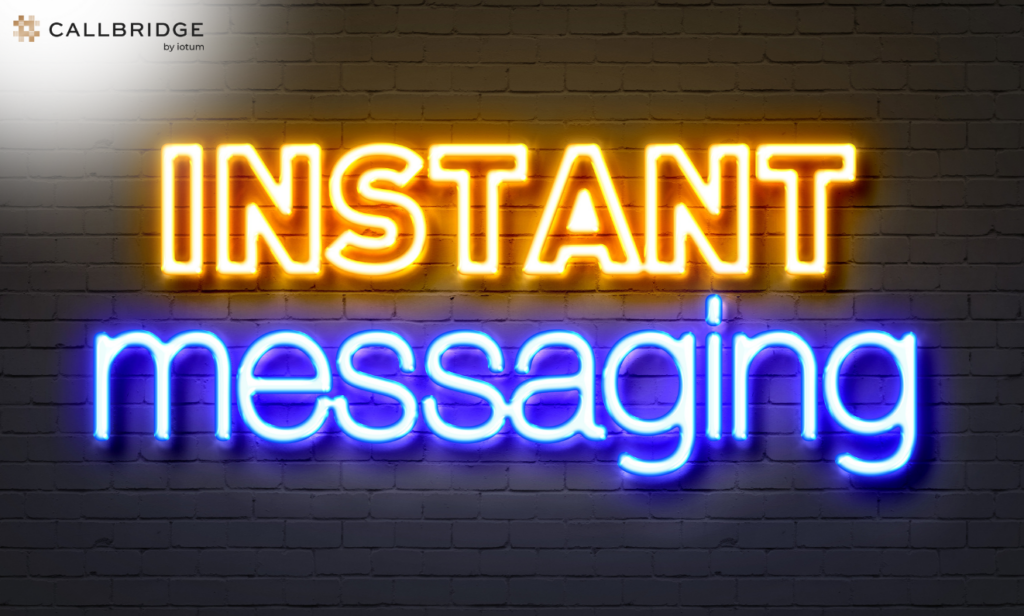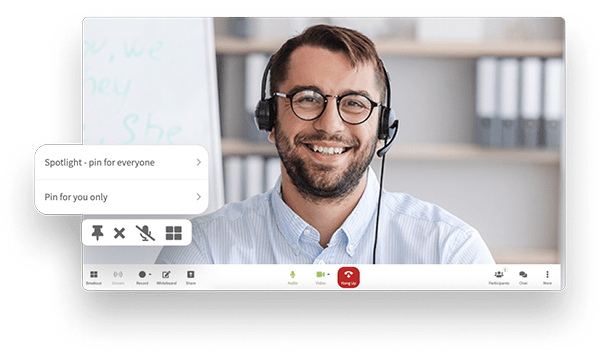Recording a conference call can be tricky, especially if you’re planning to re-purpose that recording later as part of a podcast or a multi-media book. Even although recording a telephone call can never produce the same results as you would get recording a conversation in a studio, it doesn’t mean you can’t bias the outcome in your favor. Here are 10 essential podcaster tips that you can use to create great recordings of telephone calls.
1. Make your call from a reliable handset. Although you can correct many common sound flaws after the recording is made, it’s always easiest if the source is a high-quality source, to begin with.
Avoid cordless handsets. Cordless handsets often have a noticeable background hum.
Avoid cellular phones. Cellular phones are susceptible to drop-outs. They also compress the voice of the caller, removing many of the subtler elements of the voice that lead to a natural sound.
Be careful using VoIP products, like Skype. These can also have unpredictable results sometimes superior to a landline, and sometimes grossly inferior. Test them beforehand, and make sure that your LAN isn’t being used intensively (say, for a large download) while you’re in the call.
Use a quality landline telephone, with a headset. If you’re not using a headset, then you will need to ensure that you’re speaking directly into the microphone at all times, otherwise, the sound may fade out during the conversation.
2. Ask the other participants in the call to use a similar handset. Even one poor handset on the call can introduce background noise that will become a distraction throughout the call. For example, one participant with a cheap speaker phone will cause every person who speaks to be echoed and ruin the entire recording.
3. If possible, use a conference calling service that allows you to re*/
cord the call from the conference bridge, rather than from one of the handsets. By recording the call from the bridge, you minimize the drop-off in volume that occurs as phone calls traverse multiple networks. In addition, if you record from the bridge, no additional equipment is required to make the recording.
 4. Many conferencing services allow individuals to mute themselves, and some services allow a moderator to mute everyone and then un-mute people at appropriate times. Take advantage of this. Mute everyone who isn’t speaking, in order to reduce background noise.
4. Many conferencing services allow individuals to mute themselves, and some services allow a moderator to mute everyone and then un-mute people at appropriate times. Take advantage of this. Mute everyone who isn’t speaking, in order to reduce background noise.
5. Use audio processing software to clean up the recordings afterward. Do not simply publish the raw audio file. It’s easy to improve the audio file with just a few minutes of work. I recommend using the open source package, Audacity. It’s excellent, and the price is right.
6. “Normalize” your audio files. Normalization means increasing the amplification as far as possible without adding any distortion. This can make a faint recording audible.
7. Use “Dynamic range compression”. Dynamic range compression makes all of the speakers appear to be speaking at roughly the same volume, despite the fact that the original recording may have had people speaking at very different volumes.
8. Remove noise. Sophisticated noise removal filters can quickly remove most noise in a file. If you want perfection, you may have to manually edit the file also, after using the automated noise reduction filters.
9. Truncate silence. Human beings naturally pause (and sometimes these are lengthy pauses) between speaking thoughts. These dead spaces can account for 10% or more of a recording’s length. Removing these spaces improves the listenability of the recording, giving it more energy and making it more engaging. Optionally, you might also consider editing it out the many verbal ticks that find their way into everyday speech — for example, “um”, “ah”, “you know”, and “like”.
10. Adjust bass. Telephone recordings can have a very flat quality. Increasing the bass portion of the recording by as little as 6db can add richness and timbre to the recording that simply makes it easier to listen to.
Audacity comes with a “chain action” feature that allows many of these improvements to be automated. For example, it can automatically normalize, reduce noise, compress the dynamic range and truncate silence by running a single script.
With just a little work, the sound quality and appeal of a recorded conversation can be dramatically improved.






